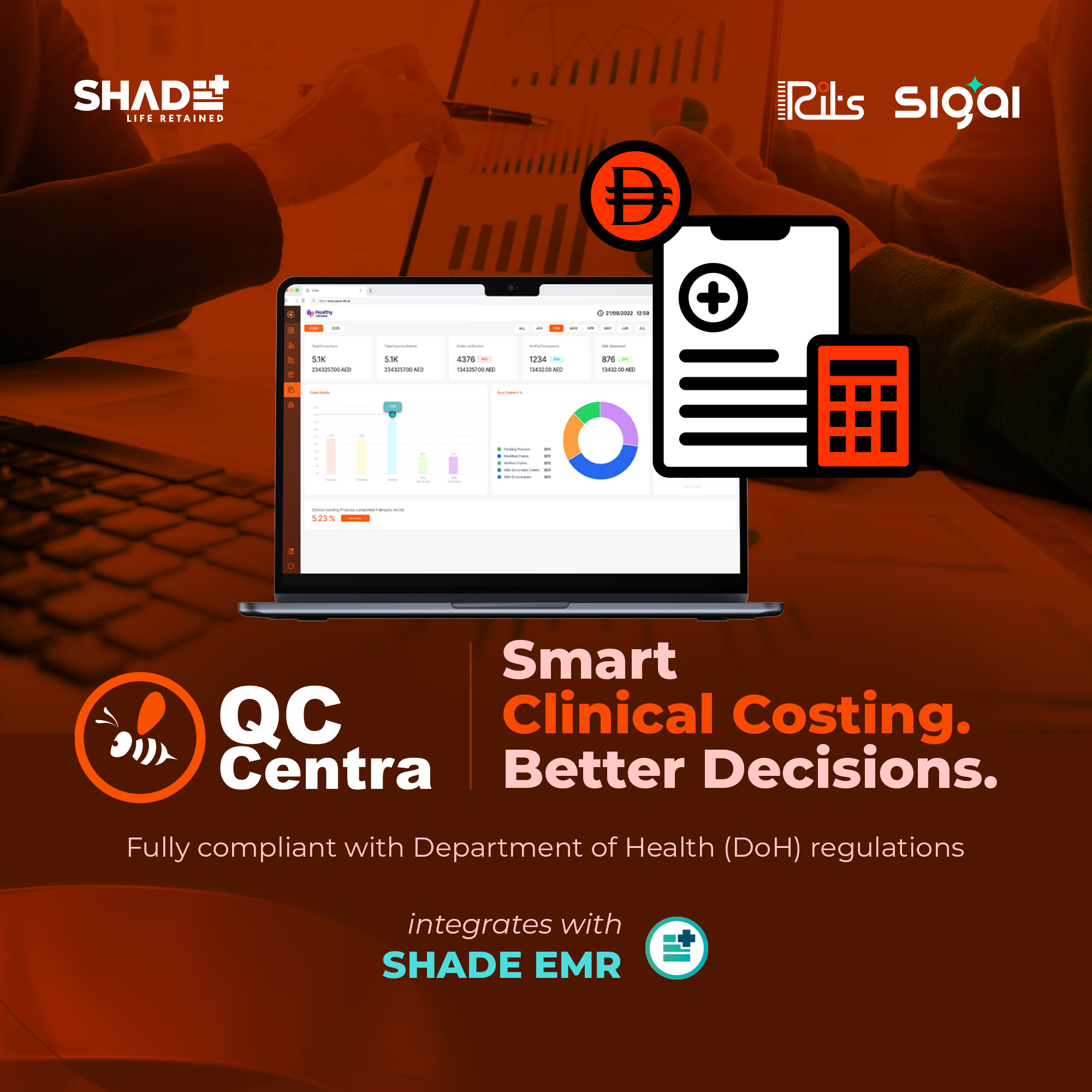TomTom boasts an impressive list of firsts, beginning with its early days in 1991. It launched the first PDA-based street-level maps applications in 2002, following that with the first all-in-one satellite navigation apps. A string of other cutting-edge advances followed, including a comprehensive suite of maps APIs for developers and forays into the guidance technologies for automated driving solutions.
Clearly, innovation is TomTom’s lifeblood. Its engineering teams are the keepers of that innovative flame, and the company supports their work with the technologies that deliver the power and capability they need for the massive amounts of computing power and complex algorithms that underlie TomTom solutions. “The technology our engineering teams use influences our ability to be competitive and creative,” says Martijn Siereveld, Head of CCoE at TomTom. “The products and services our teams develop make our reputation, and we support them with the capabilities offered by the public cloud.”
It follows that the company considers it critical to attract and retain top engineering talent. “We find that many engineers who join TomTom fall in love with the problem, not the solution,” says Koen Denecker, Vice President of Platform Engineering at TomTom. “And we have no shortage of substantial engineering problems for them to fall in love with. It’s the definition of a playground for engineers.”
Linux is key to keeping that playground vibrant. “The vast majority of our engineers run Linux on their laptops,” says Siereveld. “Traditionally, all of our back-end systems ran on Linux servers. And TomTom has always supported and contributed to open-source technologies.”
Adds Denecker, “Linux is the core operating system for all our production environments. Being anchored in the open-source world helps us boost innovation.”
Denecker points out that given the high value of engineers’ time, TomTom needs technology that minimizes tinkering with infrastructure. “If it doesn’t drive business value, we shouldn’t be doing it,” he insists. “That’s why we want reliable services that are available to us when we need them.” That ethos drove the company’s shift from an on-premises infrastructure to Azure. “Our innovative problem solving and development only increase with time,” he adds. “Building all our tools in-house would be a time-consuming chore that would distract from that innovation. By choosing a cloud platform that supports Linux so beautifully, we can embrace open-source innovation in an unconstrained manner. Azure supplies the management and control capabilities coupled with the safety, security, and compliance we need. We achieve the sweet spot that enhances creativity.”
TomTom bolsters that creativity by choosing the technologies that offer the greatest advantage for each use case. “We aim for maximum cross-platform portability,” notes Denecker. “That was a factor in our choice of Linux, and we’re very pleased that moving our Linux workloads to Azure has been a non-issue. We didn’t have to compromise on our cross-platform expectations.”













